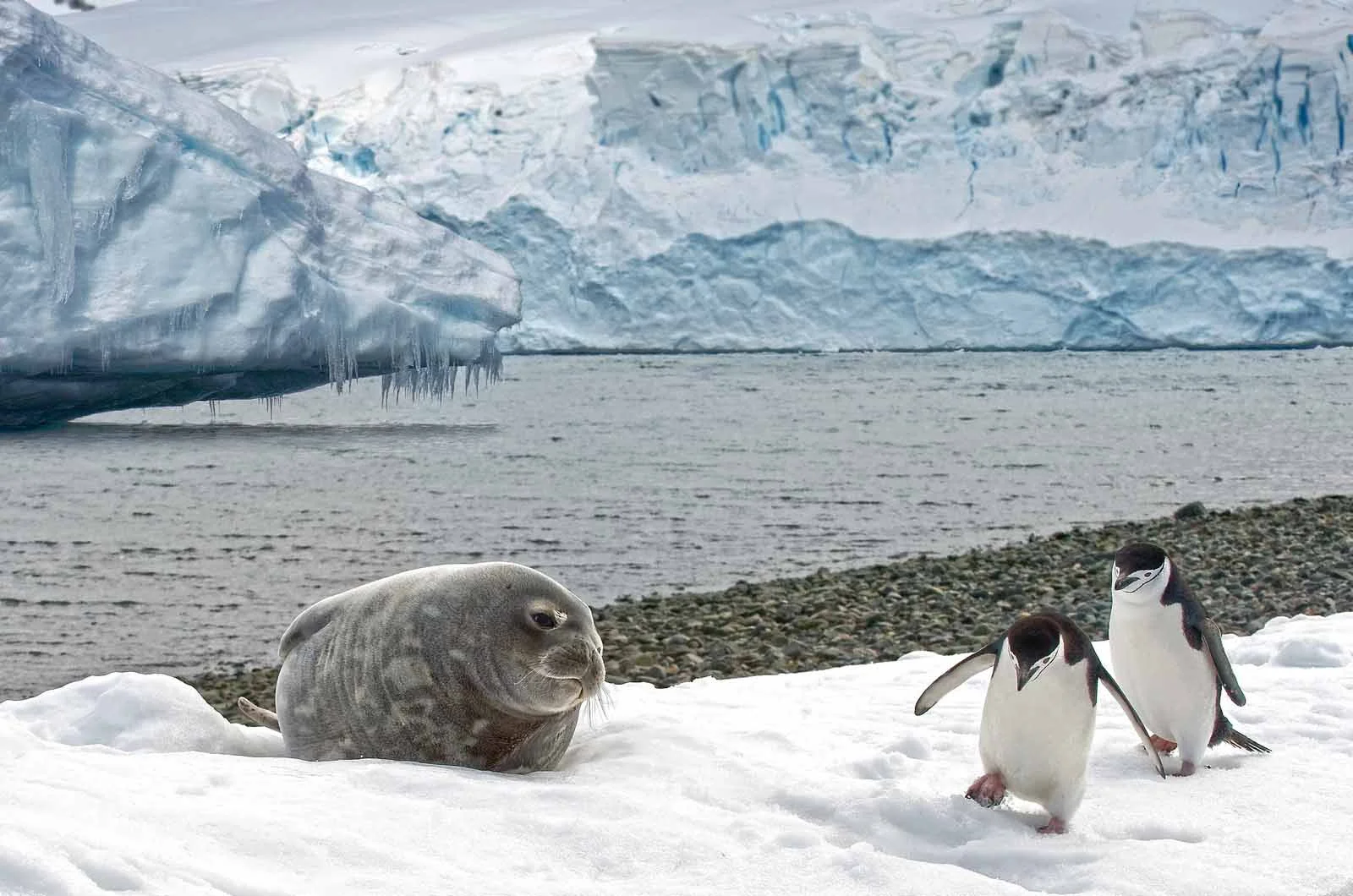
Animals in Antarctica a wildlife guide for travelers | Travel Blog
Imagine setting foot on a land where the air crackles with cold and life thrives against all odds. Antarctica, Earth's final frontier, is home to an array of creatures that have mastered survival in the harshest conditions.
You're about to dive into their world. From the iconic waddle of penguins on ice to seals lounging by icy waters, each chapter here unwraps secrets from this frozen paradise.
Get ready for up-close encounters with whales as they navigate Antarctic currents and discover how seabirds rule these southern skies. We'll also share tips for spotting wildlife from zodiac cruises or while trekking across stunning landscapes. So let's start our journey together!
Table of content
- Embracing the Antarctic Wilderness: A Traveler's Guide to Wildlife
- The Charismatic Ambassadors: Penguins of the Ice
- Seals of the Southern Ocean
- Whales in Antarctic Waters
- Soaring Seabirds and Avian Wonders
- Migratory Marvels: Seasonal Visitors to Antarctica
- Zodiac Cruises and Wildlife Spotting
- On Foot Encounters with Antarctic Fauna
- Best cruise landing sites to spot Antarctic wildlife
- Ready to encounter the wildlife in Antarctica?
Embracing the Antarctic Wilderness: A Traveler's Guide to Wildlife
Antarctica, the land of extremes and ethereal beauty, is also a sanctuary for some of the most captivating wildlife on our planet. It's not just about snow; it’s a living postcard of nature at its rawest.
Your Key to enjoying Antarctic wildlife:
Antarctica's wildlife is not just a sight to see; it's an experience. Penguins charm with their bustling colonies, while seals lounge on ice like they're in yearbooks. Spotting whales breaching beside icebergs? Unforgettable. Ready for the adventure of a lifetime? Consider specialized travel programs that bring you face-to-face with these icy marvels.
The Charismatic Ambassadors: Penguins of the Ice

Picture this: a waddle of penguins parading across the icy landscape, their tuxedo-like feathers standing out against the snow. These charismatic creatures are more than just cute; they're key players in Antarctica's ecosystem.
Meet the Locals: Penguin Species and Where to Find Them
Penguins are synonymous with Antarctic life. Among them, Emperor penguins (can be spotted if you visit Snow Hill Island), known for their impressive height and endurance, reign supreme on the ice fields. On your visit, you might also spot Adelie penguins hustling along rocky shores or Gentoo penguins taking a dip in sub-zero waters. Let’s not forget about Chinstrap penguins whose markings look like they’re wearing little helmets – daredevils ready for action.
If you want to see these birds up close, aim for places like Paradise Bay or Peter I Island where colonies thrive amidst glaciers and bergs. Here are a few cruise itineraries that visit these or similar sites:
 Falklands, South Georgia & Antarctic Peninsula
Falklands, South Georgia & Antarctic Peninsula
Embark on an extraordinary expedition exploring Subantarctic islands, the Antarctic Peninsula, and Falklands~Malvinas
From $23,595.00 South Georgia and Antarctic Peninsula: Penguin Safari
South Georgia and Antarctic Peninsula: Penguin Safari
Penguin Safari, the quickest route to reach South Georgia Island and step onto the 7th continent.
From $18,490.00 South Shetland Islands and Antarctic Peninsula
South Shetland Islands and Antarctic Peninsula
Experience the beauty and wonders of Antarctica and learn about the history and science of Antarctica.
From $7,090.00Penguin Personalities: Quirky Behaviors on Display
Pengiuns aren't just sitting pretty—they've got serious survival skills. Take Emperor parents who shuffle non-stop through winter's chill guarding precious eggs atop their feet. Or watch Gentoos rocketing underwater at speeds that would earn them Olympic gold if only we'd let them compete.
In between feeding frenzies and nesting duties, you’ll catch glimpses of these birds tobogganing over snow—because why walk when you can slide? Their playful antics will leave an indelible mark on your memory—and possibly inspire your next dance move back home.
Nesting Nuances: A Peek into Penguin Childcare
Gathering stones may seem mundane until you realize it's part of an elaborate courtship ritual—a love language in pebbles spoken by Adelie penguins. Meanwhile Emperors huddle together battling polar tempests as babysitters extraordinaire protecting future generations from freezing temps.
To witness such tender moments firsthand is nothing short of magical—it turns visitors into storytellers recounting tales from one of Earth’s final frontiers long after boots have left snowy prints behind.
Peguins run the show:
Penguins aren't just Antarctic mascots; they're survivalists with quirky habits, from the Emperor's egg-balancing act to Adelie's pebble proposals. Catch their show-stopping slides and underwater sprints at hotspots like Paradise Bay.
Seals of the Southern Ocean
The icy waters of Antarctica are a seal's paradise, but don't let their cute appearances fool you; these marine mammals are as tough as they come. Picture this: you're on a Zodiac cruise and there they are, lounging on an ice floe like it’s some sort of arctic daybed.
Meet the Locals: Antarctic Seal Species
If seals had passports, the Weddell would likely have the most stamps—these guys love to explore but always return home to Antarctica. Crabeater seals aren’t big on seafood despite their name—they actually prefer krill sushi rolls from the local all-you-can-eat buffet undersea. The leopard seal? Think of them as the ocean's bouncer, keeping things in order with teeth sharper than your average kitchen knife set.
Luckily for us humans, we can spot these critters without needing to brave sub-zero dives thanks to spots like Neko Harbor, where they’re often seen doing their best beach-ball impressions atop floating chunks of ice.
Tips for Top-Notch Viewing
To get up close and personal (but not too personal – remember wildlife guidelines), timing is everything. Visit during December when pups make their grand entrance into this frosty world at places like Gold Harbour or St Andrews Bay if you want those heart-melting moments with fluffy baby seals against stark white backdrops.
You’ll need sharp eyes or maybe just good glasses because spotting camouflaged fur among snow isn't easy. That said, bring binoculars—the difference between seeing a tiny speck and witnessing an epic yawn that reveals fish-breath could be hanging around your neck.
Fascinating Facts You Never Knew About Seals
Ever wonder why seals seem so chill amidst freezing temperatures? It’s all about blubber—and lots of it—which keeps them snugger than any winter coat ever could. And here’s something wild: crabeaters’ teeth work like built-in strainers filtering out water while holding onto delicious krill—a nifty trick evolved over millennia.
Dive deeper into learning about these remarkable animals through organizations focused on conservation efforts such as The Antarctic and Southern Ocean Coalition (ASOC). Because understanding leads to appreciation—and who wouldn’t appreciate seeing a Weddell seal smiling back at them?
Seals and their cute behaviours:
Antarctica's seals are adorable and tough, lounging on ice like it's no big deal. Spot Weddell, crabeater, and leopard seals at places like Neko Harbor—just bring binoculars for a better view. Visit in December to see seal pups and learn cool facts: their blubber keeps them warm and crabeaters' teeth filter krill.
Whales in Antarctic Waters
There is an abundance of Whales. As you navigate through the pristine Southern Ocean, keep your eyes peeled—you might just spot one of these gentle giants breaking the surface.
Humpback Whales: The Acrobats of the Deep
Humpback whales are true crowd-pleasers with their impressive breaches and intricate songs. These migratory maestros travel thousands of miles from tropical breeding grounds to feast on krill in Antarctic waters during summer months. You can often find them near feeding areas like Wilhelmina Bay, aptly nicknamed 'Whale-mina Bay' by those who've been graced by their presence there.
But it's not all smooth sailing; humpbacks face threats from climate change and entanglement in fishing gear. Conservation groups tirelessly work to protect these oceanic acrobats so future generations can witness their awe-inspiring displays.
Minke Whales: Elusive but Unforgettable
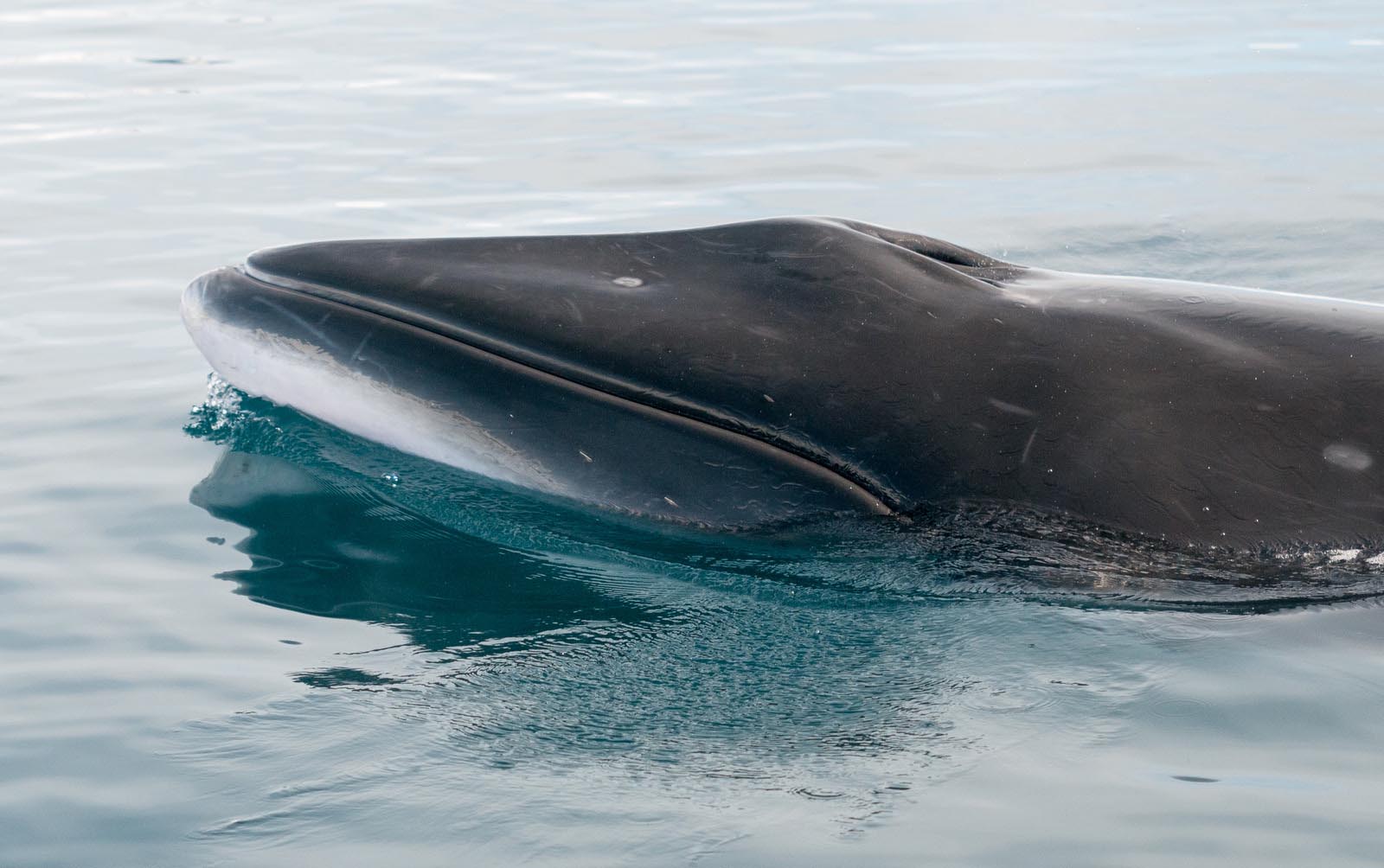
If luck is on your side, you may catch sight of a minke whale—the smallest baleen whale found around the icy continent. These elusive swimmers prefer solitary travels or small pods and love playing hide-and-seek with passing ships among ice floes—a testament to nature's playful spirit even in harsh environments.
Majestic Blue Whales: Giants Beneath Icebergs
No tale about Antarctic whales would be complete without mentioning blue whales—the largest animals ever known to have lived. Although they were nearly driven to extinction by whaling, efforts such as those led by Woods Hole Oceanographic Institution, aim at ensuring that blues continue gliding beneath Southern Hemisphere skies.
Southern Right Whales: Bouncing Back With Vigor
The southern right whale tells a story of resilience; once hunted voraciously, they're now making an inspiring comeback thanks to protected statuses and sanctuaries established across various nations’ shorelines—showing us what’s possible when humanity steps up for conservation.
Spotting whale tales:
Antarctica's waters are a whale watcher's dream, where humpbacks show off with breaches and songs. Minke whales playfully dodge ships, while massive blue whales glide below the ice. Thanks to conservation efforts, even southern right whales are making a comeback in these icy habitats.
Soaring Seabirds and Avian Wonders
Picture the vast, icy expanse of Antarctica. Now, imagine looking up to see a squadron of seabirds gliding effortlessly above you, masters of the air currents that sweep across this frozen landscape. The sight is nothing short of awe-inspiring.
The Albatross: Lords of the Antarctic Skies
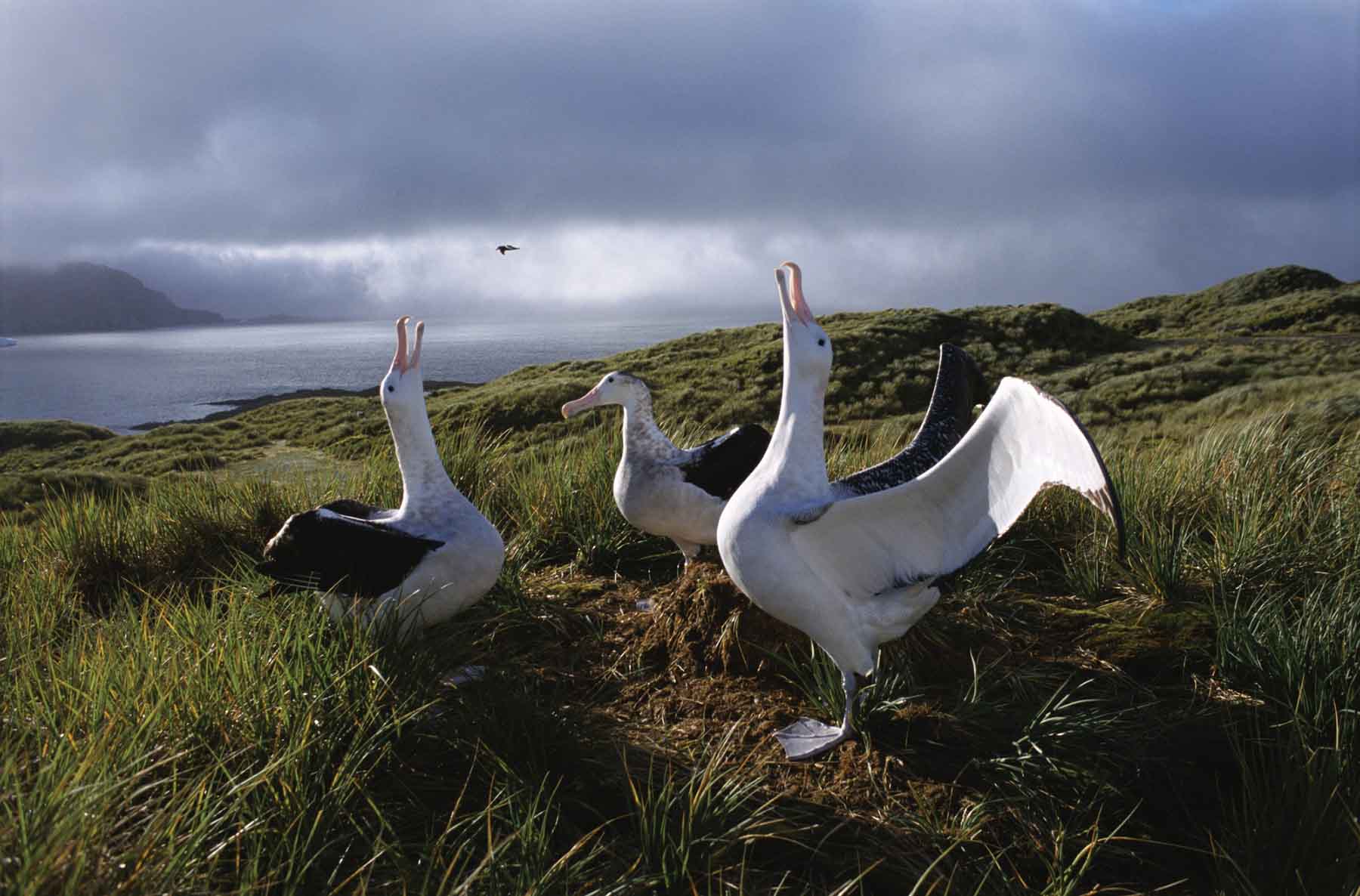
An encounter with an albatross can be one for the books—these birds boast wingspans that rival small aircraft and can circle the globe in just 46 days. They spend most of their life on wing over open ocean waters using dynamic soaring techniques, a mesmerizing dance with nature's forces.
To catch these avian acrobats in action, head to areas like South Georgia Island where they nest en masse. It's not only about size but also about endurance; albatrosses are known for their monogamous relationships which sometimes last longer than many human marriages.
Petrels: Graceful Gliders Over Glacier Waters
In contrast to their larger cousins, petrels may seem more delicate but they're equally impressive. These birds slice through stiff breezes with finesse—a ballet against blizzards—and you'll often spot them from your cruise as they hunt for krill or fish.
If you're lucky enough to witness a snow petrel against stark white cliffs or a stormy sky, it's akin to seeing living porcelain darting amidst icebergs—an image that sticks with you long after your return home.
Skuas and Sheathbills: Clever Opportunists
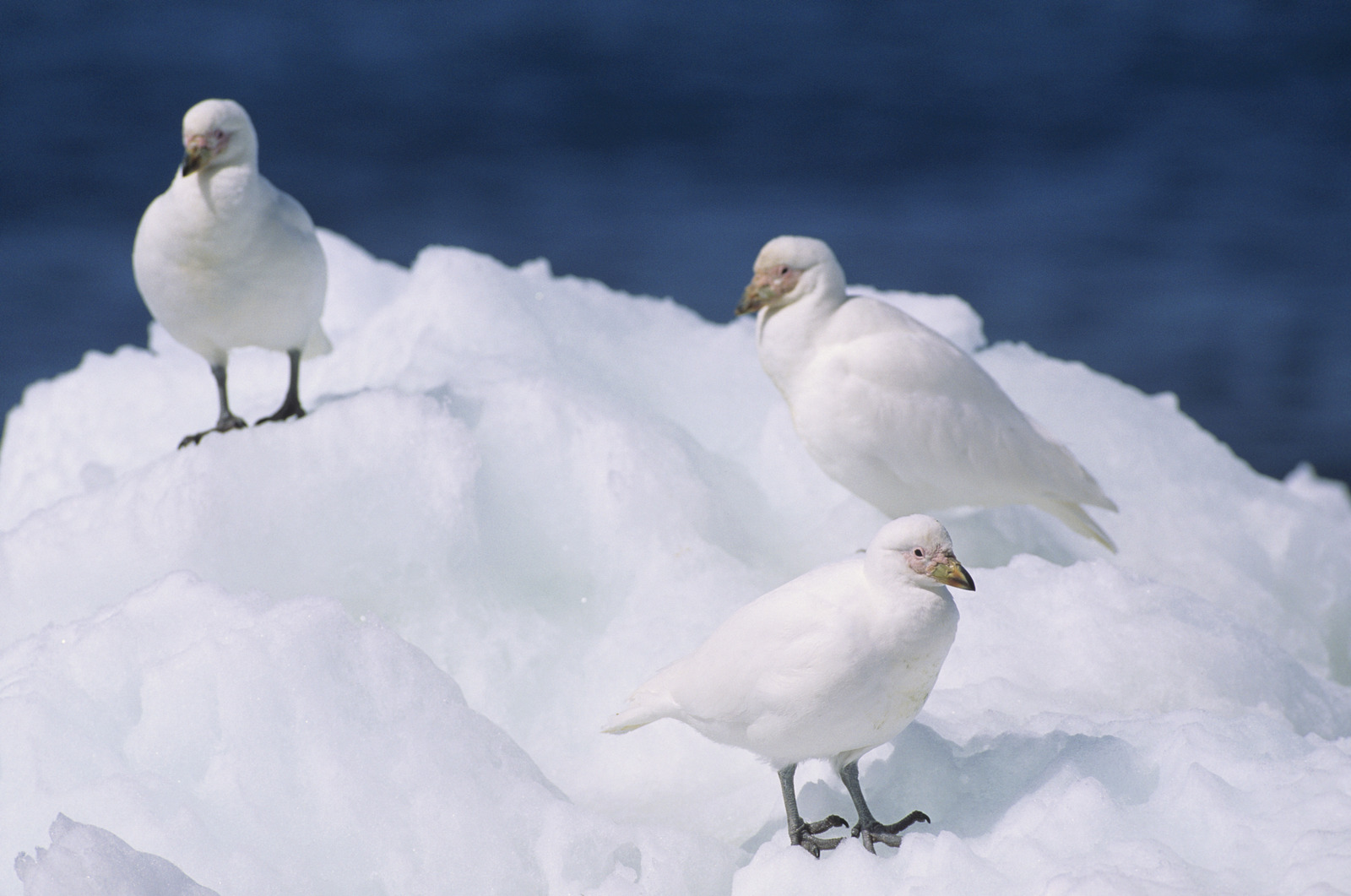
A different sort of birdwatching experience awaits when observing skuas and sheathbills. While not quite as large or regal as other species mentioned here, skuas have earned respect for their tenacity—they don't shy away from claiming what they want.
South Polar skuas are bold pirates, often seen dive-bombing penguin colonies for scraps. You might even catch them mid-heist during an excursion, which adds another layer to Antarctica’s wildlife drama.
Brown skuas pair cleverness with brute strength, giving us lessons in survival at its fiercest. Campers near nesting sites will find themselves spectators to some truly brazen acts — so keep your snacks close.
Birds rule the Antarctica skies:
Antarctica's skies are alive with seabirds, from the vast wings of albatrosses to petrels dancing in the wind. These birds showcase nature's raw beauty and resilience—whether it’s an albatross pairing for life or a skua boldly snatching its next meal.
Migratory Marvels: Seasonal Visitors to Antarctica
Antarctica is the ultimate VIP room for nature enthusiasts, but even in this exclusive setting, some guests only drop by seasonally. Migrating species use this icy realm as a temporary home, staging dramatic entrances and exits that are nothing short of natural world's A-list events.
Feathered Festivals: Timing Bird Migration
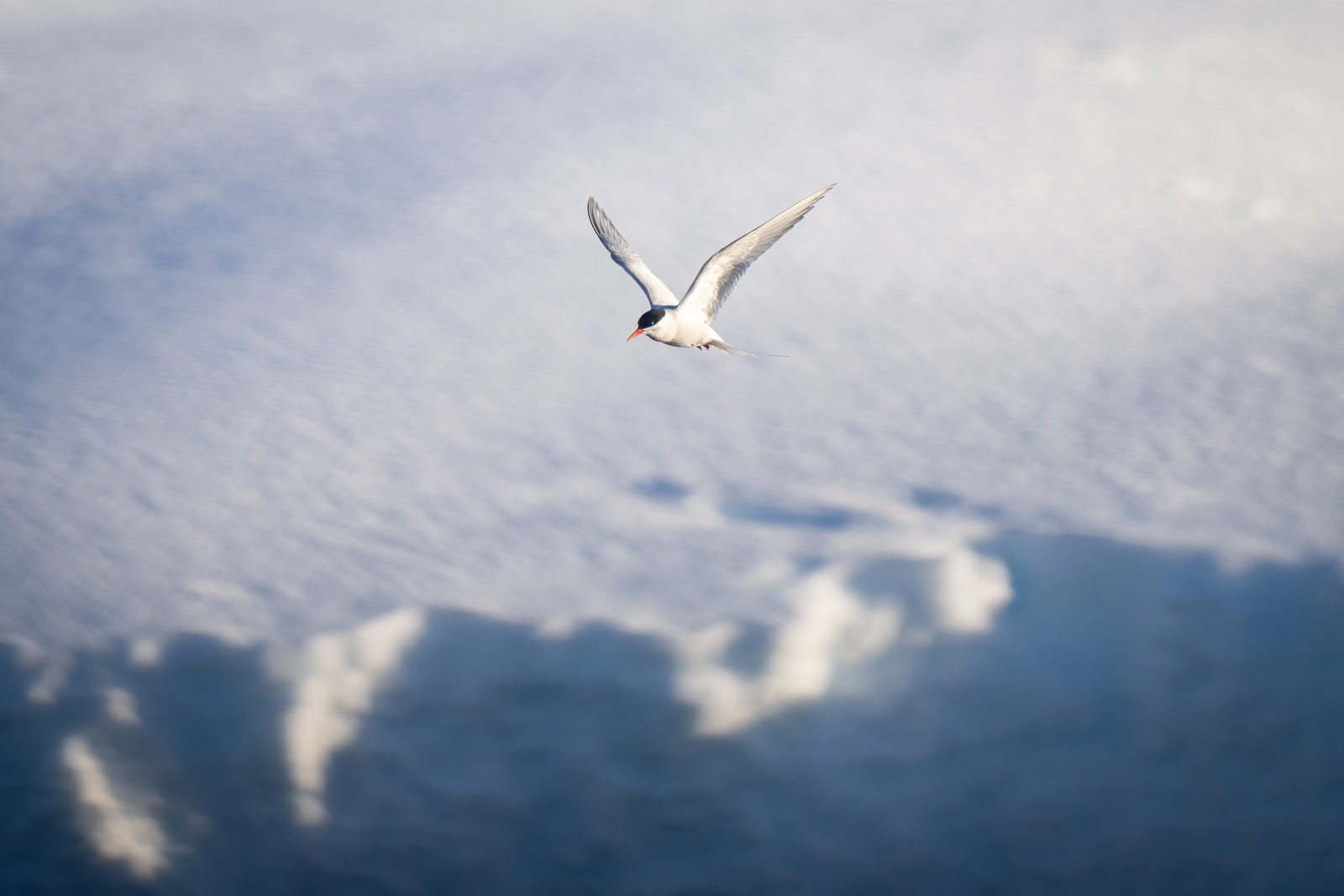
The skies over Antarctica come alive with avian spectacles as birds like the Arctic tern set records for long-distance travel. These feathered voyagers make an astounding journey from poles apart just to enjoy the Antarctic summer smorgasbord. Their arrival starts around October when you can see them refueling on krill-rich waters before heading back north in April.
To catch these winged wonders at their peak performance, plan your visit during these months when they flock down south. Trust me; it's a show worth catching.
Whale Watching Wonders: Following The Giants' Path
If whales had social media, their migration updates would be trending every year without fail. Humpback and blue whales begin making waves towards Antarctic feeding grounds when spring blooms turn oceans into all-you-can-eat buffets. By November through March they're busy bulking up on krill - it’s prime time whale-watching season.
You don't need binoculars to feel humbled by these giants; sometimes they’re close enough to hear them breathe out misty plumes against stark white horizons—an unforgettable experience you won’t want to miss.
Penguin Parade Peaks: When To See Them Strut
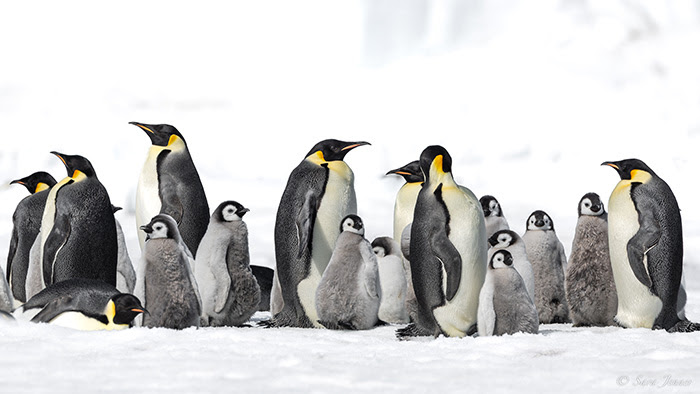
No one throws a parade quite like penguins. Come November, colonies become nurseries bustling with fluffy chicks – think rush hour meets cuteness overload. Emperor Penguins start earlier though; if you're keen on seeing their parenting prowess unfold against sub-zero backdrops, May through August is your window.
Antarctic Seasons:
Antarctica's summer brings a natural show of migratory birds and whales; catch the avian action from October to April, and whale-watching thrills from November to March.
Penguin lovers, mark your calendars for November when baby penguins make their adorable debut or May through August for Emperor Penguin sightings.
Intrigued by tales like those above? Then why wait. Voyages such as those offered by Voyagers Travel Company, specializing in experiential travel programs tailored specifically around unique ecosystems like Antarctica's could be your ticket to witnessing these natural wonders firsthand.
Zodiac Cruises and Wildlife Spotting
Picture yourself skimming across the icy waters of Antarctica, wrapped up snugly against the biting cold. A zodiac cruise is not just about braving the elements; it's your ticket to an intimate wildlife show that rivals any nature documentary.
Penguins: Up Close and Personal
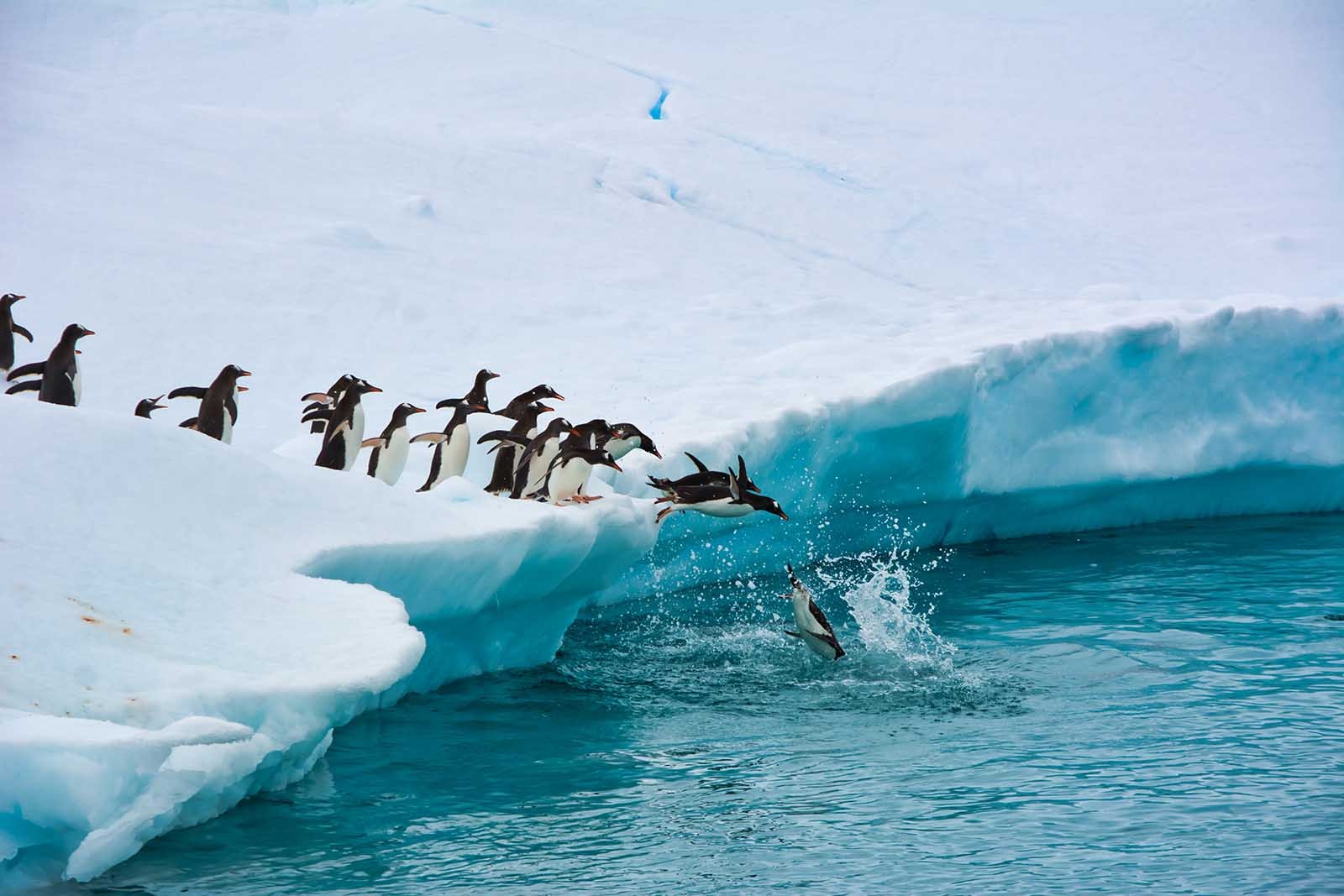
As you glide past icebergs, a flurry of activity catches your eye. It’s a colony of penguins waddling clumsily on land but slicing through water like torpedoes. On these excursions, the staff from World Wildlife Fund explains, you get so close to these charming birds that you can almost hear their feathers ruffle in the wind.
Safety comes first though—always listen to your guide’s instructions because they know how to avoid disturbing our tuxedoed friends while giving us those unforgettable moments.
The Silent Watchers: Seals on Ice Floes
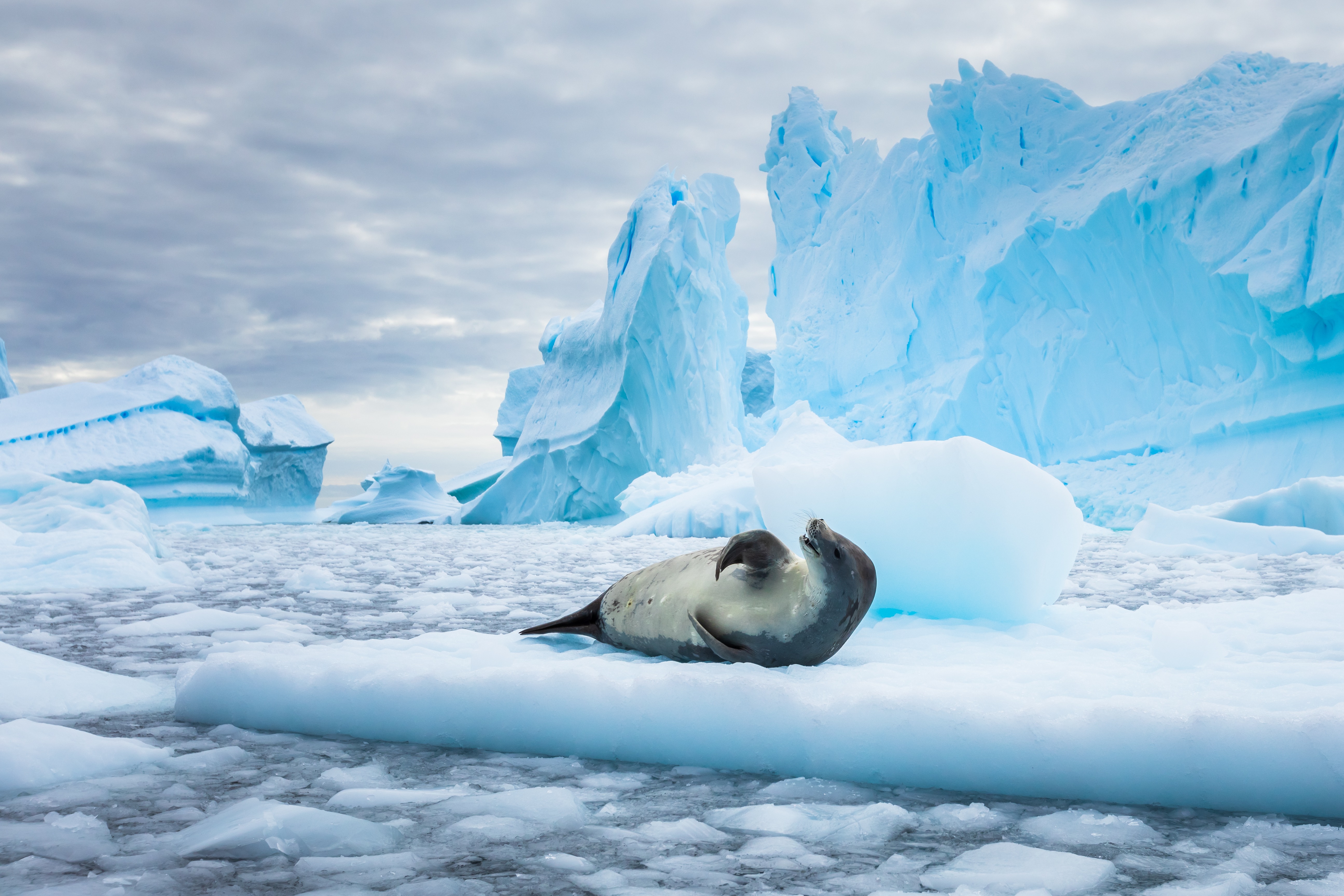
Your zodiac weaves through channels where seals lounge lazily on floating platforms of ice. They may seem indifferent, but don't be fooled; they're keen observers taking in every ripple around them—a lesson in mindfulness amidst nature's vastness perhaps?
You'll learn which spots are favored by Weddell or leopard seals from seasoned expedition leaders who have spent years charting Antarctic waters—and trust me when I say that knowledge makes all the difference for a thrilling encounter.
Majestic Giants: Whales Beneath The Surface
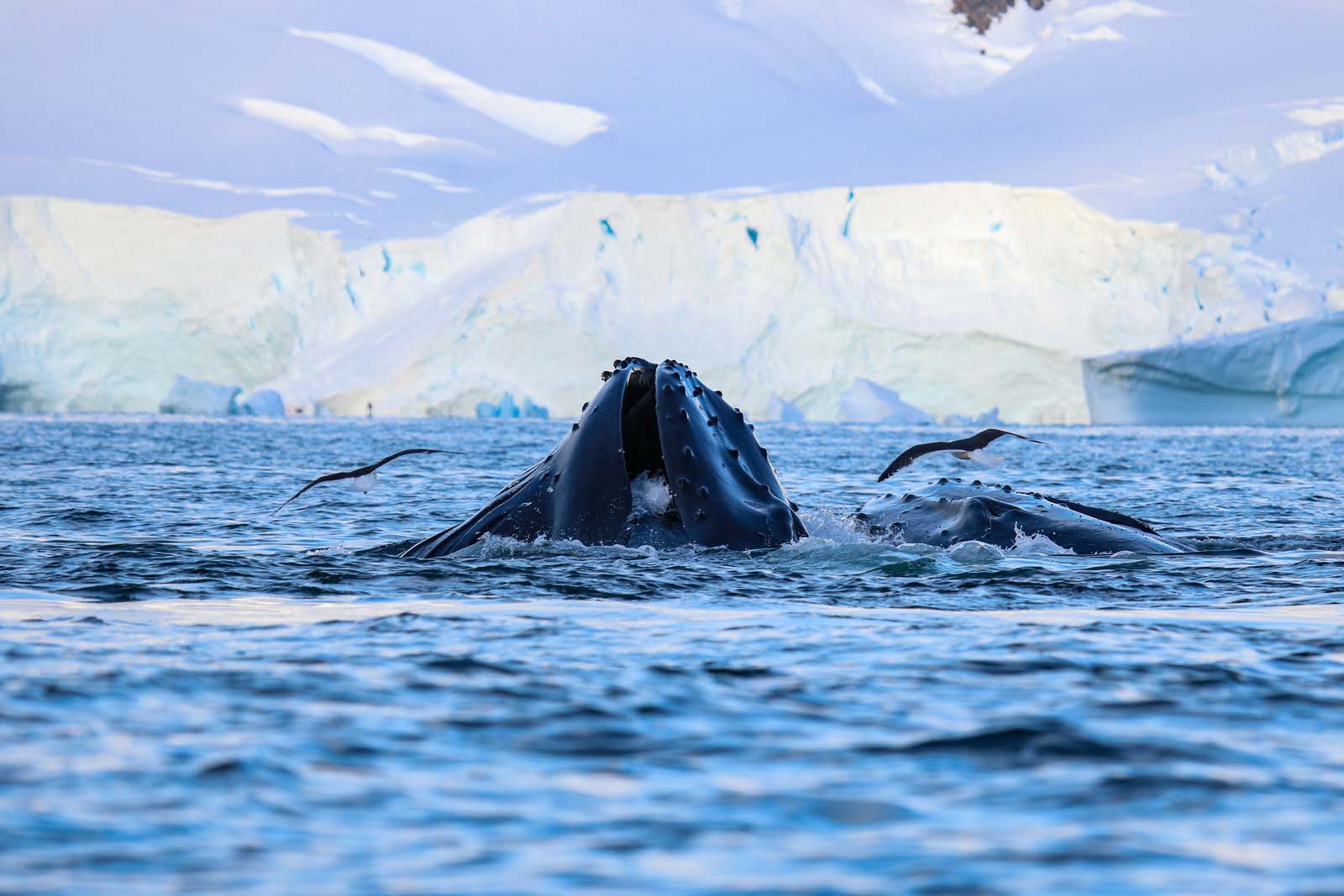
Suddenly, there's an explosive sound as if someone uncorked champagne underwater—the exhalation of a whale nearby. Keep cameras at ready because here in this grand icy theater; humpbacks might breach with acrobatic grace at any moment. You'll find insights into these behemoths' habits shared by experts onboard enriches each sighting immensely.
So grab those binoculars and prepare for more than just sightseeing—it's about immersing yourself in one of Earth's final frontiers alongside creatures whose very existence tells stories older than time itself aboard a zodiac under Voyagers Travel Company expertise.
Zociac landings:
Zodiac cruises in Antarctica offer a front-row seat to penguin antics, seal observations, and whale encounters. Always listen to your guide for safe and respectful wildlife watching.
On Foot Encounters with Antarctic Fauna
Imagine stepping off a zodiac onto the icy shores of Antarctica, where the concept of 'wildlife spotting' takes on an entirely new dimension. Here, you're not just observing; you're partaking in a rare communion with some of Earth's most resilient creatures.
The Penguin Welcoming Committee
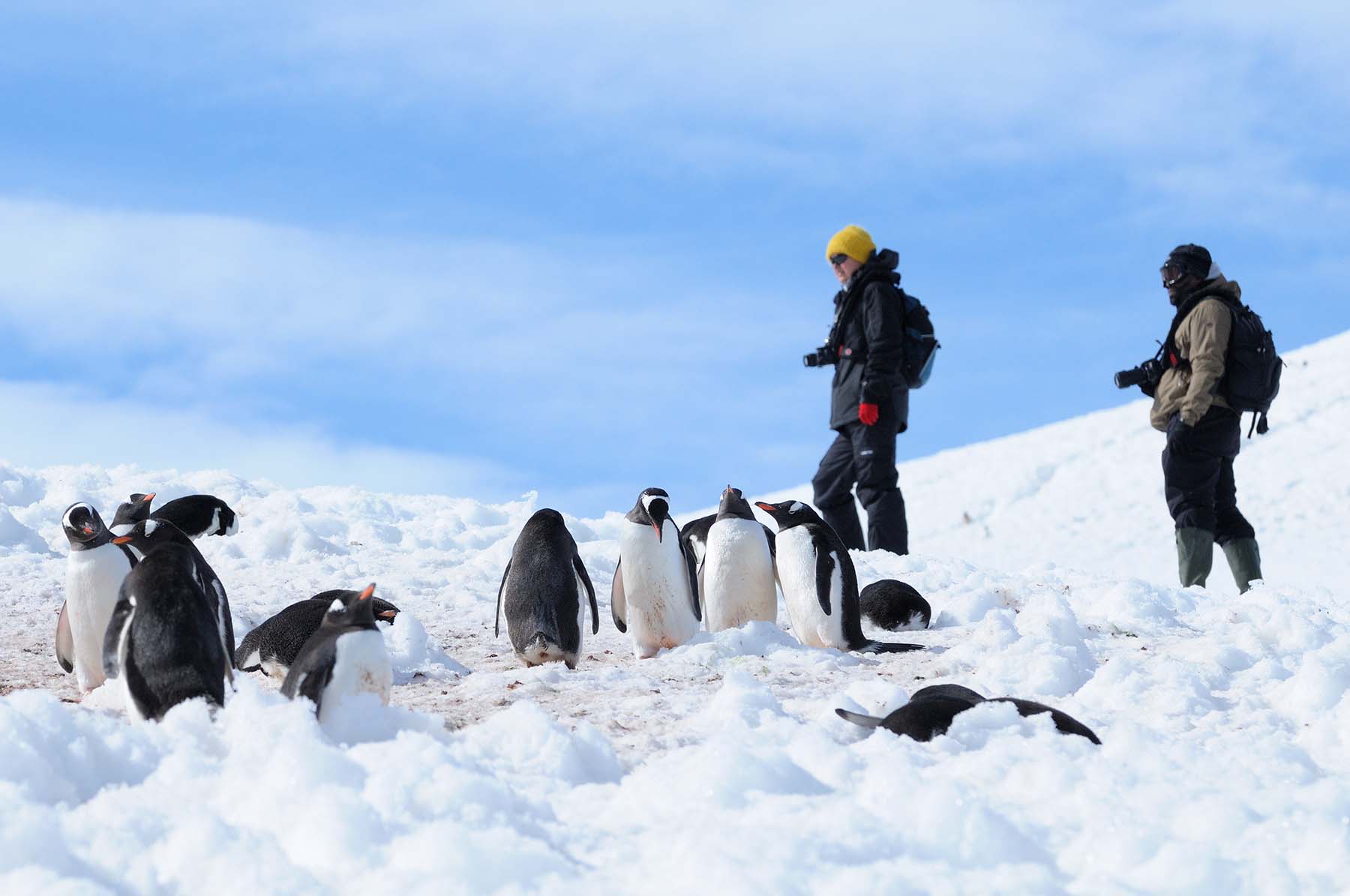
As your boots crunch over pebbled beaches and snow-packed ground, it's likely that gentoo or chinstrap penguins will be the first to greet you. Gentoos, with their bright orange bills, are curious by nature and may come waddling up for a closer look at their human visitors. But remember—while they might invade your personal space, humans must respect theirs; always keep a safe distance to protect these wild animals’ natural behaviors.
The Secluded Seal Spotting
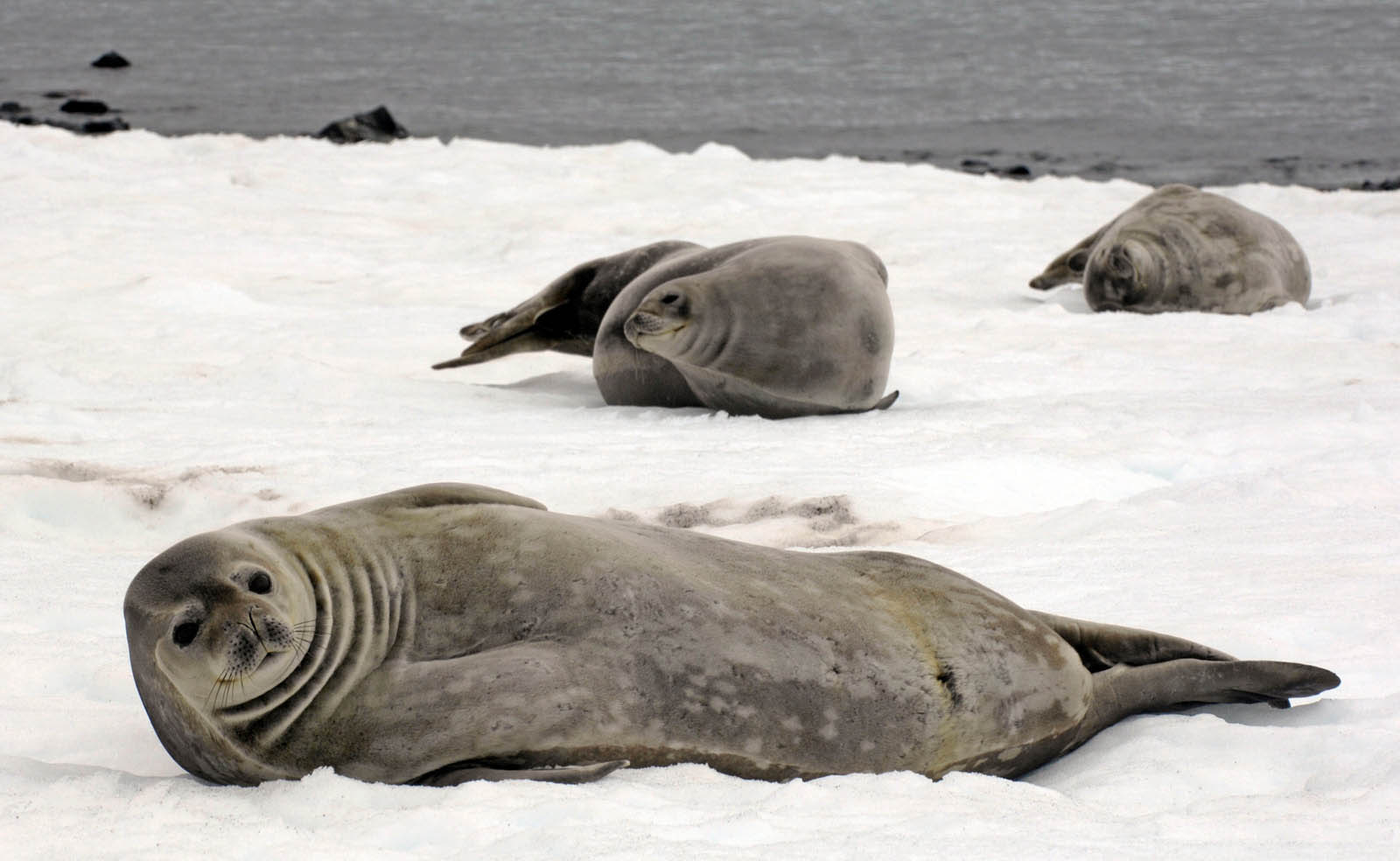
Venture further inland and you might spot weddell seals basking on ice floes or hear the distant call of an elephant seal. These sightings often require patience and silence as these mammals are more skittish around humans than their feathered counterparts.
Birds from Above

Craning your neck upwards rewards you with sights of skuas and petrels gliding effortlessly against stark blue skies—a contrast to our own earthbound efforts navigating this terrain. Skuas in particular have quite the reputation for being Antarctica’s kleptomaniacs; watch them closely as they playfully snatch objects left unattended by researchers or fellow travelers.
In each step through this frosty wonderland, tread lightly knowing that every encounter is fleeting yet impactful—an adventure etched into both memory and land alike. Travel responsibly under IAATO guidelines and let us ensure our footprints fade but our memories last forever here among Antarctic fauna.
Best cruise landing sites to spot Antarctic wildlife
Antarctica is a treasure trove of biodiversity, and choosing the right spots for your cruise landings can turn an ordinary trip into an extraordinary adventure. Each site offers a unique window into the lives of the creatures braving this icy realm.
Antarctic Peninsula
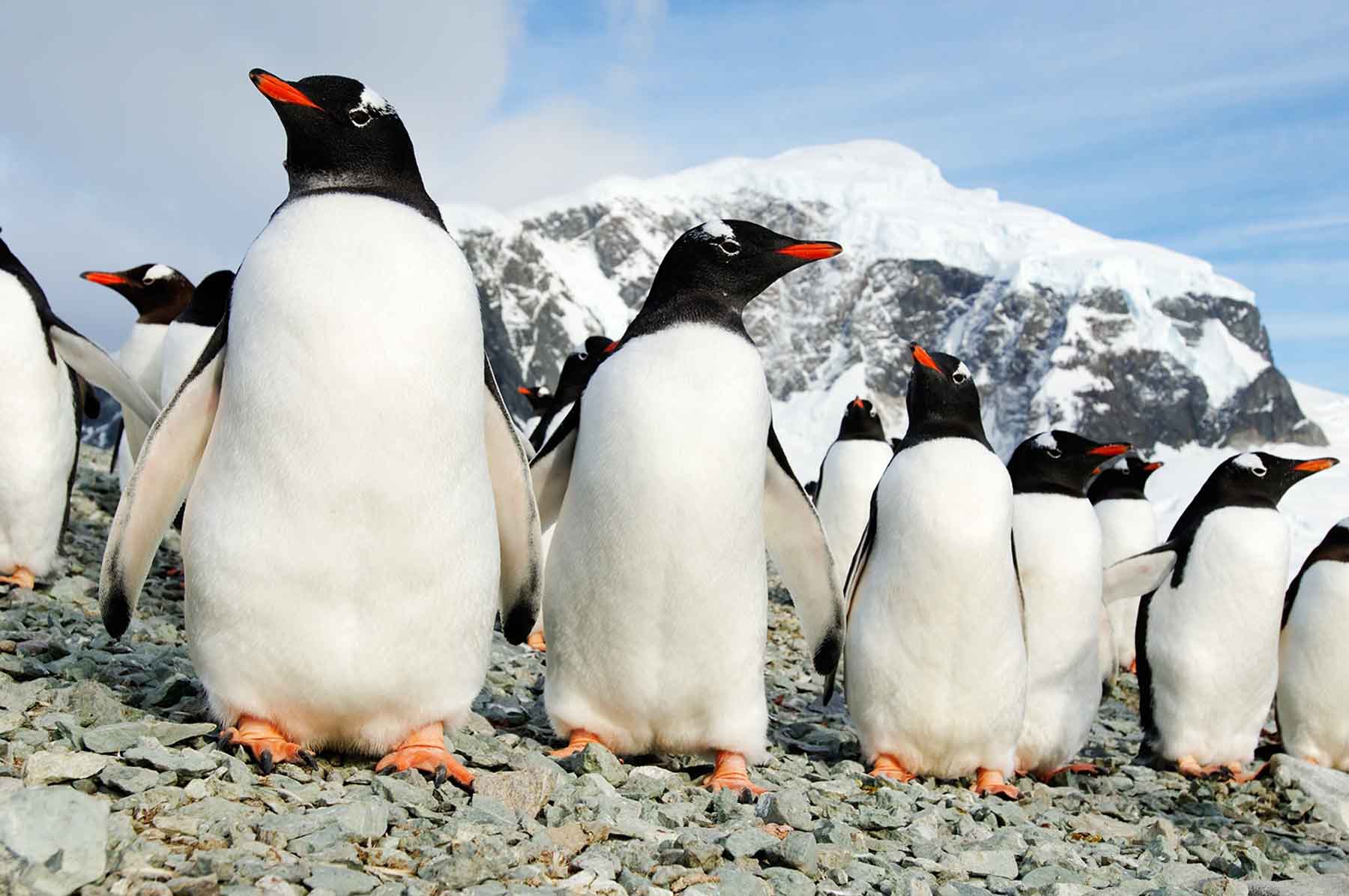
The jagged finger reaching towards South America is where you'll get up close with penguin colonies that seem straight out of a documentary. The Antarctic Peninsula, with its accessible shores, serves as prime real estate for these tuxedoed comedians.
Spy on seals lounging on ice floes or witness whales breaching in frigid waters. The peninsula's western coast provides calmer seas, which means smoother zodiac rides and better photo ops.
Falkland Islands
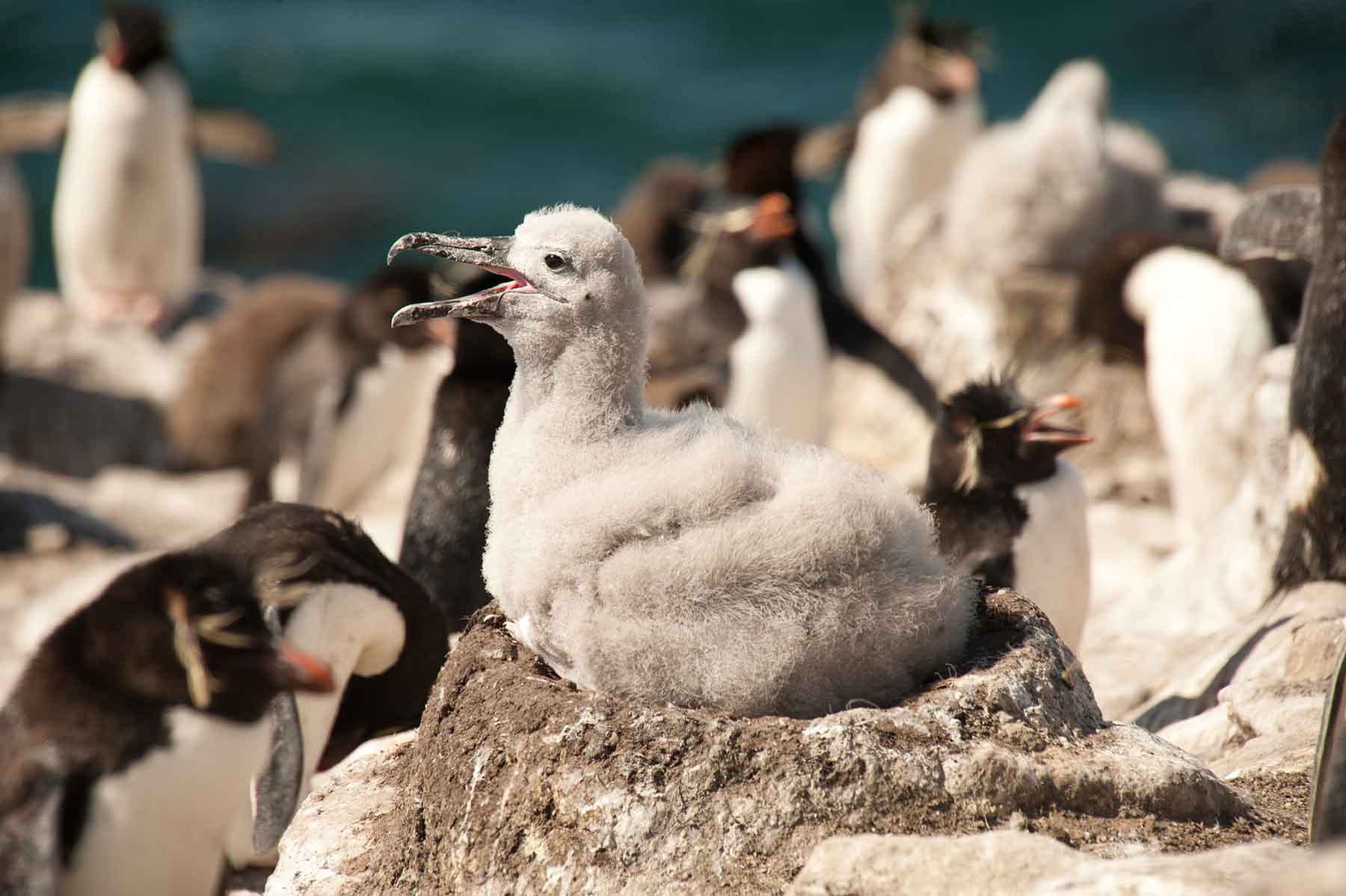
A stone's throw from mainland South America lies the Falklands—a cluster of islands teeming with winged wonders. From rockhopper penguins hopping between boulders to albatrosses soaring overhead, it’s birdwatcher heaven here at the Falkland Islands.
South Georgia Island
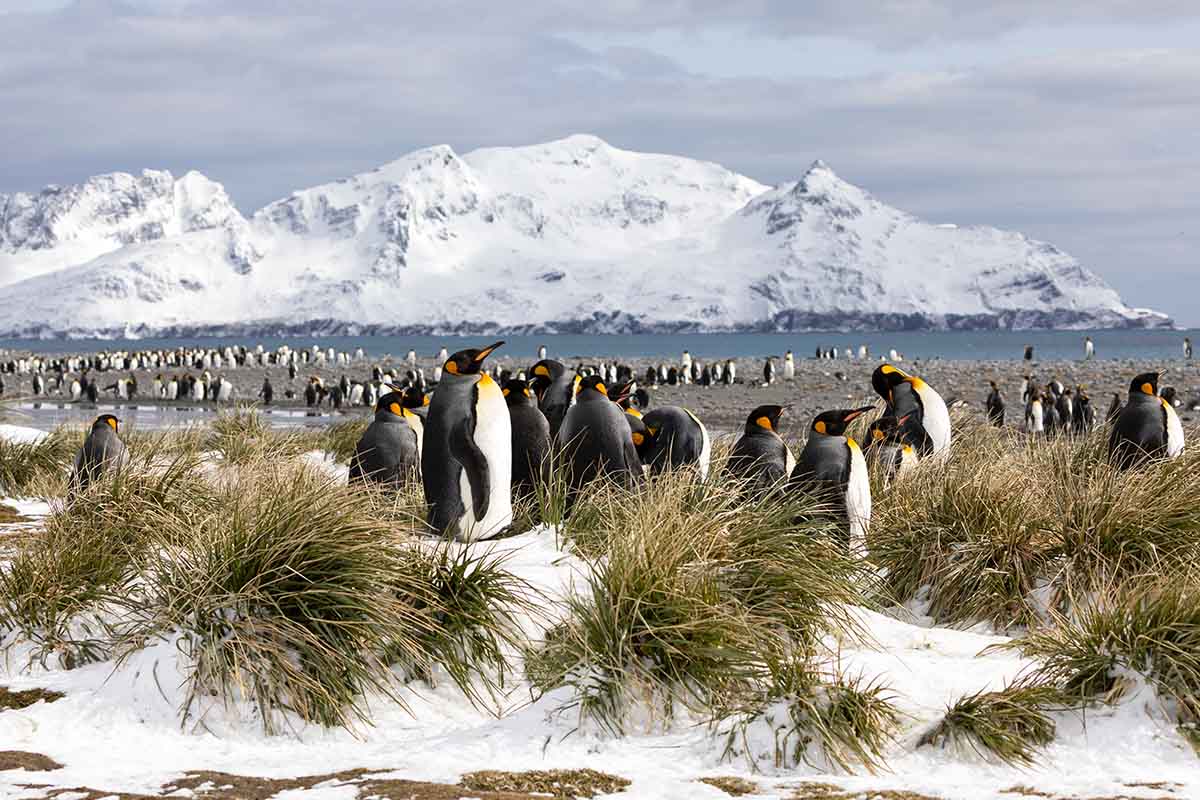
This remote outpost is not just rich in history; it's also packed with wildlife drama. King Penguins by the thousands create a symphony of honks while elephant seals battle on sandy beaches. Get ready because South Georgia never fails to amaze even seasoned travelers.
Neko Harbor
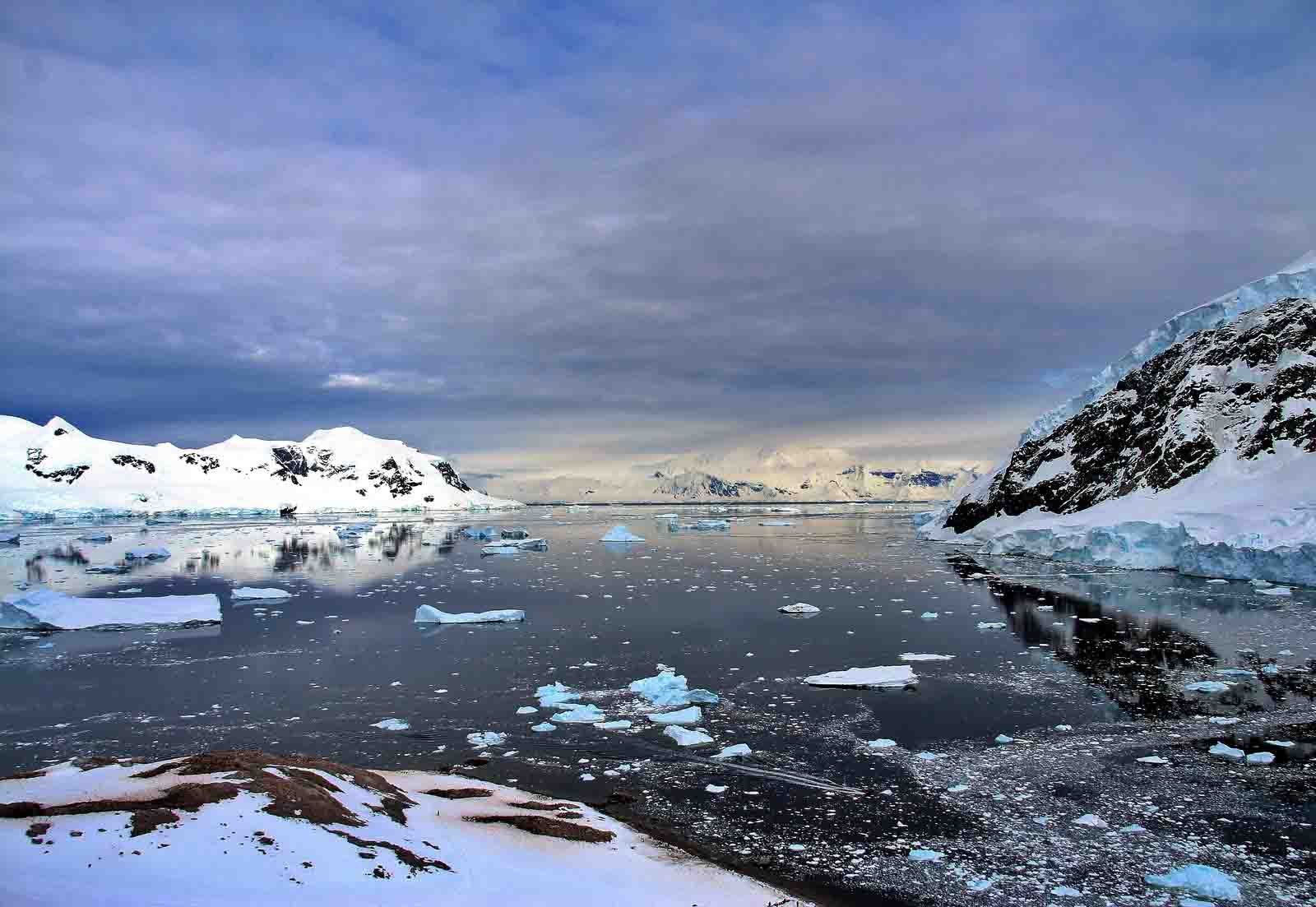
Tucked away within Andvord Bay is Neko Harbor—a true gem for intimate encounters with Gentoo penguins and breathtaking glacial scenery that frames every picture perfectly.
Paradise Bay
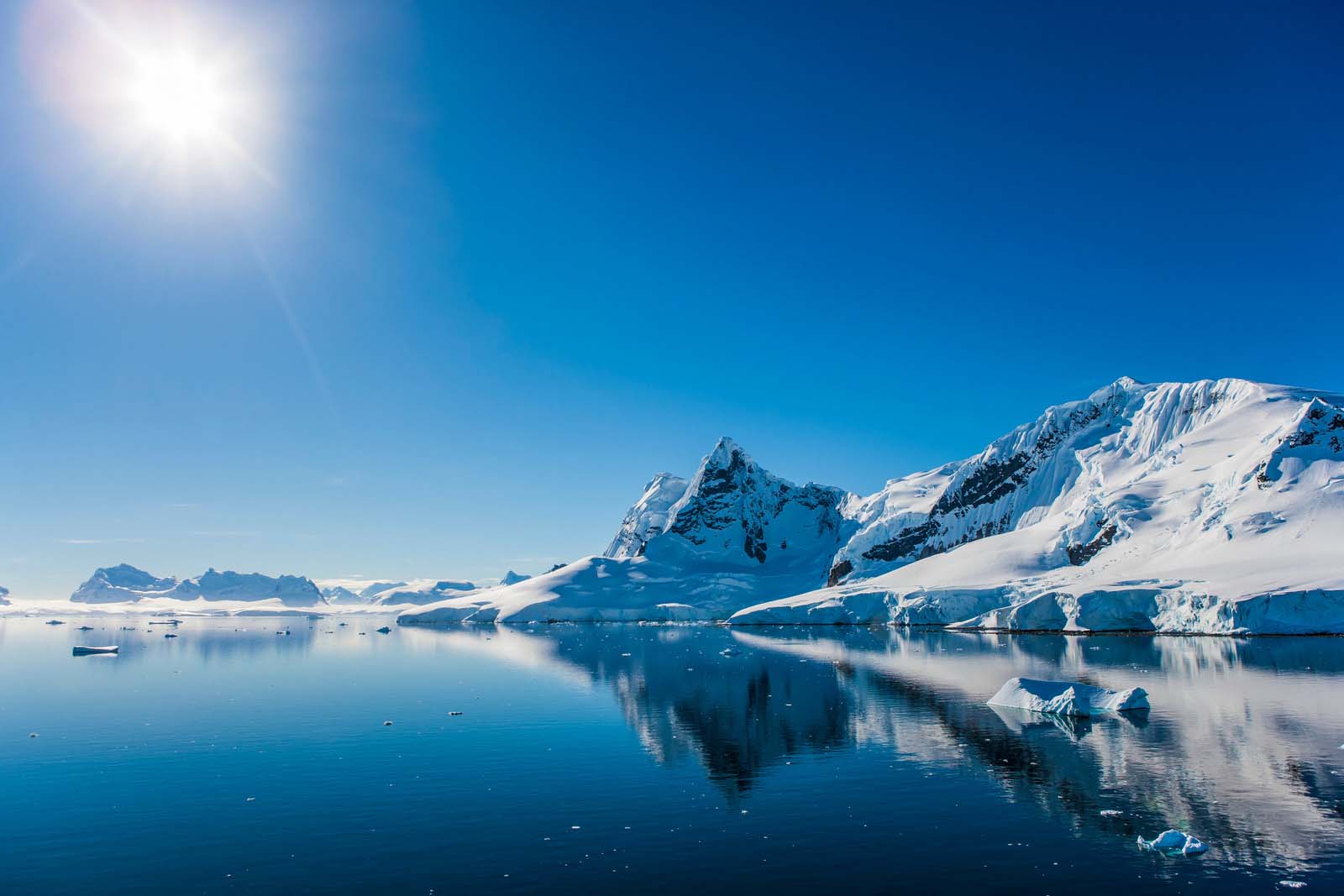
Tucked away within Andvord Bay is Paradise Bay—a true gem for intimate encounters with Gentoo penguins and breathtaking glacial scenery that frames every picture perfectly.
Lemaire Channel
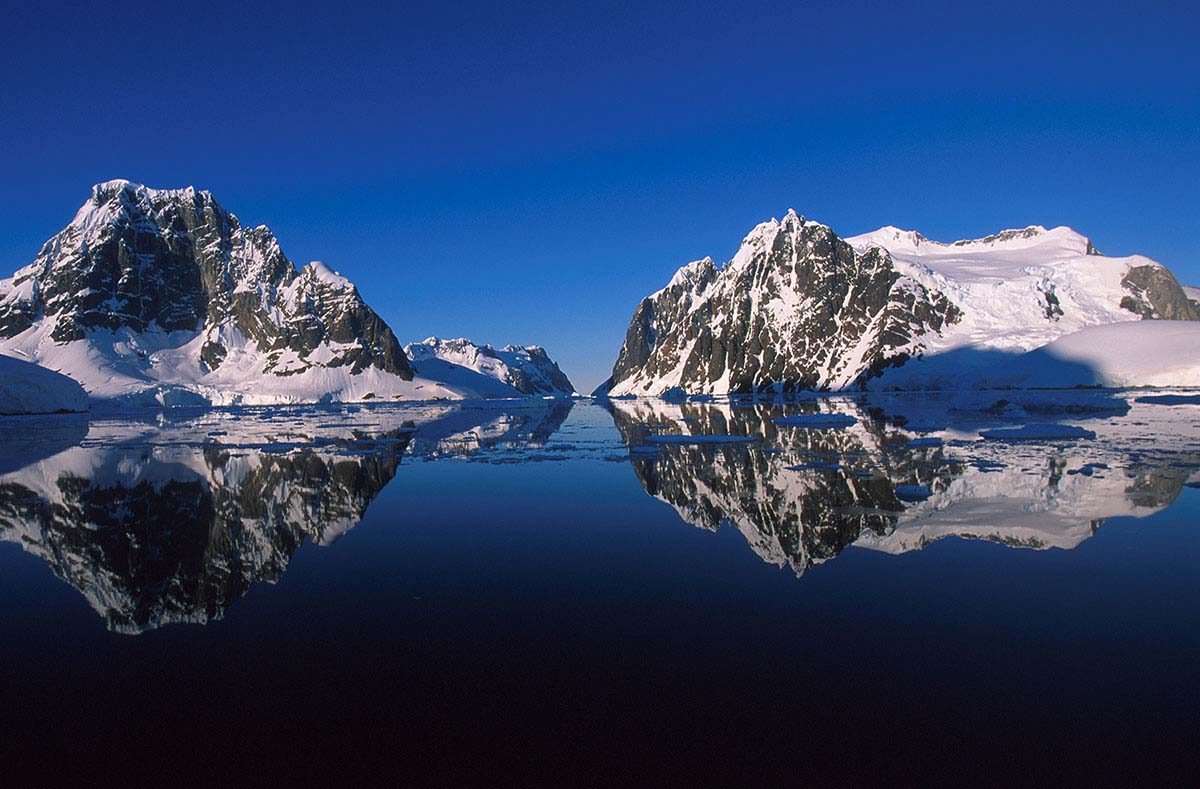
Navigate through Lemaire Channel’s towering peaks reflecting off mirror-like waters before stepping onto Deception Island—the caldera of an active volcano where chinstrap penguins make their home amidst steaming beaches.
Deception Island
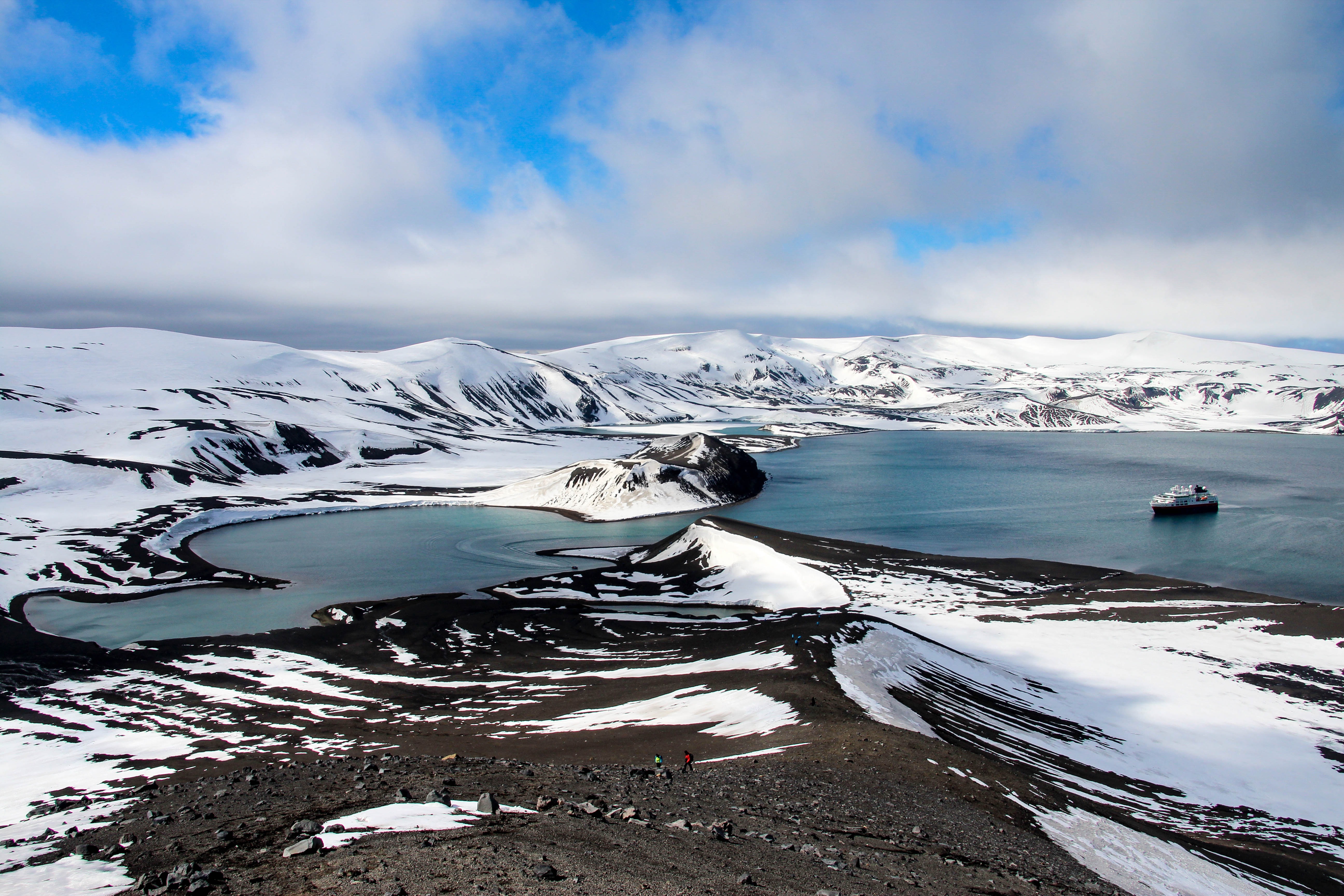
Step onto Deception Island—the caldera of an active volcano where chinstrap penguins make their home amidst steaming beaches.
No matter where your expedition takes you around Antarctica's frozen coasts, each stop invites awe-inspiring moments worth more than any snapshot—they're memories etched deep into your adventurer spirit forevermore.
Close encounters at the top visitor sites:
Pick the right Antarctic spots for unforgettable wildlife encounters. Get up close with penguins on the Peninsula, marvel at birds in the Falklands, witness South Georgia's wild battles, and soak in Neko Harbor's serene beauty.
Ready to encounter the wildlife in Antarctica?
Now you've ventured through the Antarctic wilderness, met its hearty inhabitants. Animals in Antarctica have shown us survival at its most extreme.
Remember those penguin colonies with their quirky charm, and how seals grace the ice edges. Picture whales weaving through icy waters; think of seabirds soaring above them all.
We shared ways to spot these wonders from a zodiac or on foot—those moments are yours to chase. Imagine standing amidst such raw beauty, this guide your map to nature's showcase.
Your journey may end here, but for the wildlife of Antarctica, it's just another day. Carry these insights forward as you set off into that vast white yonder—where adventure awaits every step of the way.
Check Our Suggested Tours:
- Falklands (Malvinas) & South Georgia
- Falklands, South Georgia & Valdes Peninsula: in the heart of the wilderness
- Antarctica, Falklands & South Georgia Explorer
- Northeast Greenland Solar Eclipse Explorer Voyage
- Northeast Iceland Explorer, Aurora Borealis, Hike & Sail - Incl. Bus back up
- North Sea - Vlissingen to Aberdeen



